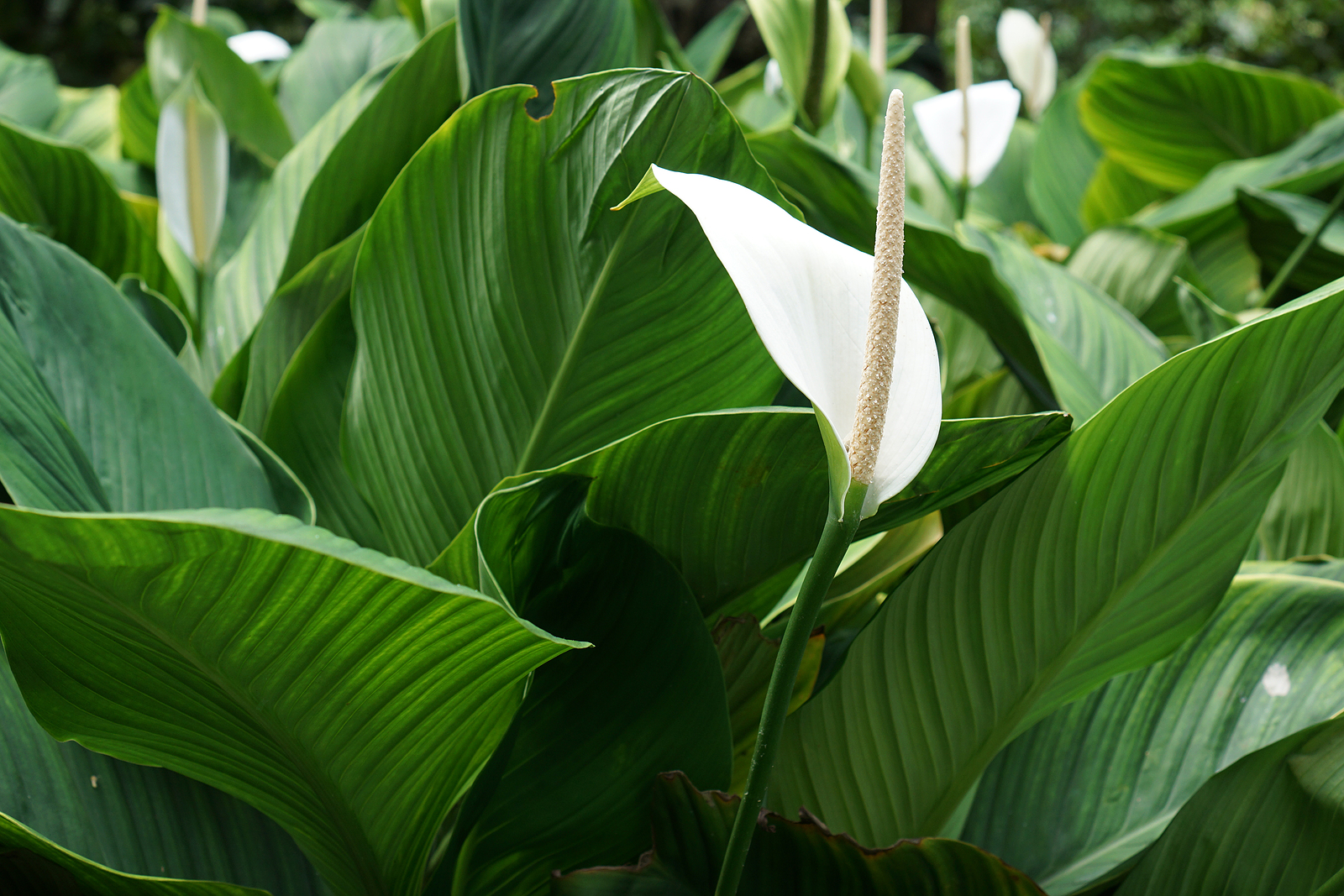Sure, that foil-wrapped holiday poinsettia you bought at the supermarket may still be quite decorative, but consider bringing home something a bit unexpected to help brighten up the interior of the home and chase away cabin fever.
Kalanchoe
“Cheerful” is the perfect word to describe the scallop-edged leaves and clusters of brightly- colored flowers of the kalanchoe (Kalanchoe blossfeldiana). Best of all, this gorgeous, colorful display occurs in winter, in shades of orange, pink, red, yellow and white.
This beauty performs best with lots of light so place it near a south-facing window. Overwatering will kill it, so allow the soil to dry-out between waterings. Learn more about this plant’s requirements at the New York Botanical Gardens website (scroll down the page).
Note: Parts of the Kalanchoe, especially the flowers, are poisonous to pets and children. If you suspect that your child has ingested the plant, call your medical professional or the American Association of Poison Control Centers, available 24 hours a day, at 800-222-1222.
If your pet ingests the plant, call the ASPCA Animal Poison Control Center at 888-426-4435.
Bonus: It’s easy to get your kalanchoe to rebloom – follow the walk-through provided by Clemson University Cooperative Extension.
Peace Lily
The shorter days of winter bring with them lower levels of sunlight streaming through the home’s windows. Choosing a plant that tolerates dusky conditions is an important factor.
The peace lily (Spathiphyllum group) loves shade, and winter just happens to provides its preferred light level.
Treat it right and this glossy-leaved stunner will not only brighten up a dark corner but do so with a bloom or two as well.
Learn more about the peace lily and its care requirements online at North Carolina State University Extension.
Note: The peace lily isn’t a true lily. The plant’s leaves contain calcium oxalate crystals which, if eaten in large quantities, can cause mouth and throat irritation, vomiting and trouble swallowing. Keep out of the reach of small children and pets.
Bonus: The peace lily will wilt to let you know when it’s time to water.
African Violet
We decided to include the African violet (Saintpaulia spp.) in our list of ways to add spring to the winter because they are so easy to grow and they easily tolerate warm indoor air in the winter.
In fact, you can help your African violet thrive by keeping indoor temperatures between 65 degrees to 79 degrees Fahrenheit.
Overwatering will kill it, so allow the soil to dry-out between waterings.
If the leaves begin to yellow, the plant may need more sunlight, so move it to a “window with western or southern exposure,” and filtered sunlight, recommend the experts at Optimara/Holtkamp Greenhouses, Inc.
Note: Never place the African violet in direct sun as it may burn the foliage.
Bonus: Create new African violets from the leaves of your current plant. Learn how online at Penn State University Extension’s website.
Yes, flower gardening season is over in much of the country. That doesn’t mean, however, that you can’t have gorgeous flowers growing indoors to brighten up an otherwise dreary time of year.





